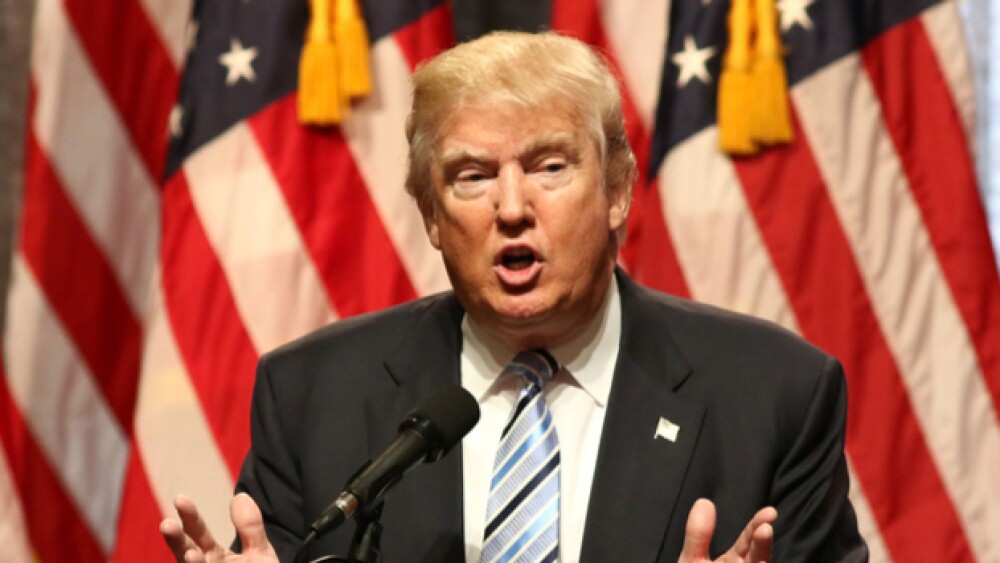On Jan. 11, President Donald Trump announced via Twitter that 2018 was marked by a decline in prescription drug prices – the first time that had happened in 50 years. Also, the president said that Americans saved $26 billion on drug prices in the first 19 months of his presidency.
JStone / Shutterstock.com
On Jan. 11, President Donald Trump announced via Twitter that 2018 was marked by a decline in prescription drug prices – the first time that had happened in 50 years. Also, the president said that Americans saved $26 billion on drug prices in the first 19 months of his presidency.
Trump ended his tweet by stating that his administration’s policies to get cheaper generic drugs to the market are working. All of this was announced while pharmaceutical companies that serve the U.S. market were announcing price hikes on a number of branded drugs. On the same day Trump made his announcement, Johnson & Johnson increased the price by an average of 4.2 percent on about two dozen prescription medicines, including branded drugs Stelara, Zytiga and Xarelto. J&J isn’t the only company to announce price increases for 2019. In November, pharma giant Pfizer announced plans to raise the price of 41 drugs in January. Also increasing prices are Biogen, Amgen, GlaxoSmithKline, Sanofi, Allergan and AstraZeneca. The increases were mostly below 10 percent, although there have been some noted outliers, such as Hikma Pharmaceuticals. That company increased the price of its blood pressure drug enalaprilat by 30 percent.
While the president made several claims in his tweet, the Washington Post’s fact checker pointed to some points in Trump’s announcement that require context. The $26 billion that the president referenced is a total amount of savings that can be had from the introduction of all new generic drugs within those 19 months. The Post noted that it’s a figure that refers to savings people could see due to the generic drugs approved within that time frame. As the Post notes, under the Trump administration, it has become less costly for drugmakers to apply for generic approvals, which companies are clearly taking advantage of, considering that last year there were 781 generic approvals. The previous administration also made efforts to speed up approval of generics as well, the Post said, which indicates that many of these drugs would have been approved for use regardless of which administration was in the White House.
The $26 billion was calculated by the president’s Council of Economic Advisers. The Post noted that the CEA calculation of $26 billion “assumes the savings relative to a world in which no generic drugs came onto the market.” While the $26 billion is an accurate number, Matthew Fiedler of the Brookings Institute told the Post that that figure is “likely disproportionately accounted for by the initial round of generic entry that occurs when a high-revenue brand-name drug comes off patent.”
While there has been a significant number of generic approvals over the past few years, patent-protected brand name prescriptions continue to see price increases. In October, an Associated Press analysis showed that prices for those drugs keep rising. The AP report shows that in the last seven months of 2017, for every price cut of a branded drug, there were 96 price hikes.





